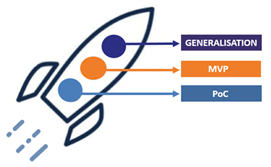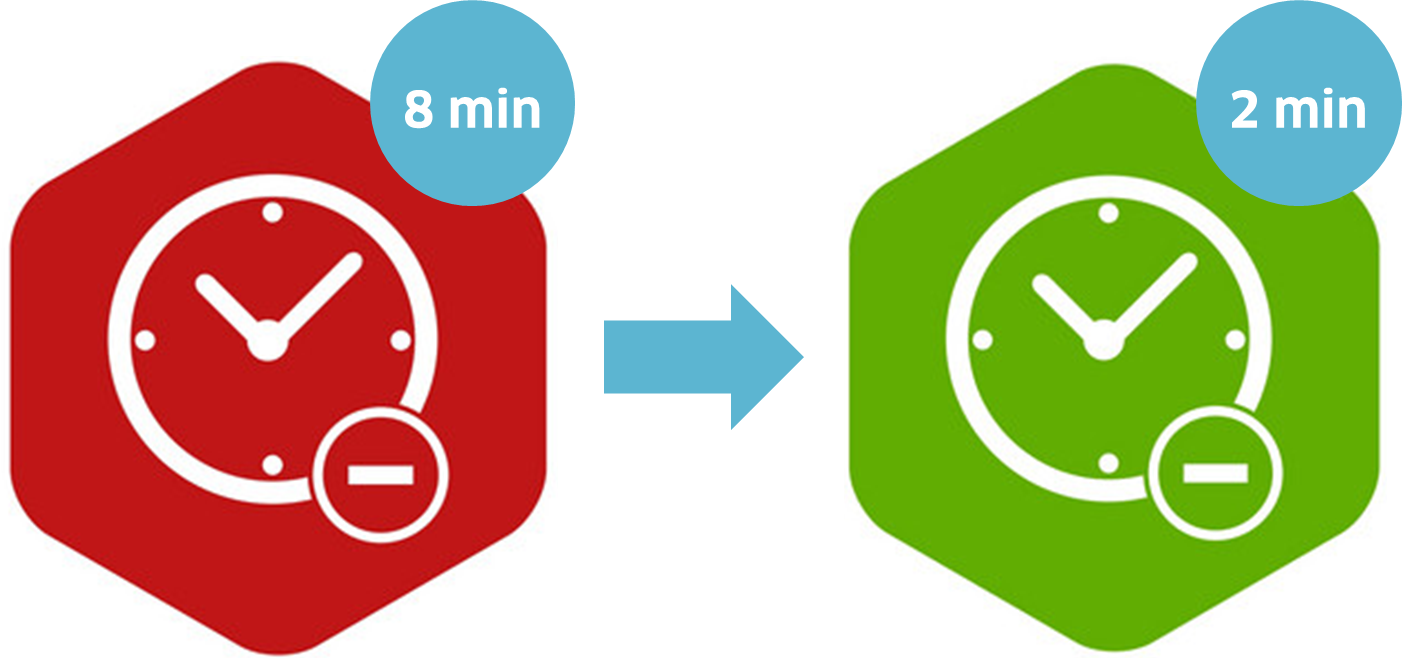Boost your customer relationship email channel: test AI
01 / 07 / 2021
Customer services do not just need to be fast, they also need to respond correctly from the first interaction to minimise the number of exchanges In this article, our experts explain how an optimized email processing based on AI can help companies redesign their customer experience for the best

Email is still a traditional communication channel and is widely used by consumers to communicate with customer services. More than half of French people (56%) contact a customer service department by this means (Source: BVA Customer Service Observatory).
Appreciated for its simplicity and rapidity, e-mail is also favoured for its traceability, which is reassuring in certain contractual or contentious relationships.
Redesign the customer experience by optimising the email relationship.
Email is a communication channel that must satisfy the current needs of interactions between companies and their customers:
- An increased demand from consumers for quick and relevant answers.
- A strong growth of requests. Post Pandemic, our client, La Banque Postale, recorded a 25% increase in email volumes compared to 2020.
- Efficient handling of emails with multiple requests which can be complex. These multi-requests represent approximately 15% of our client La Banque Postale's emails.
Customer services do not just need to be fast, they also need to respond correctly from the first interaction to minimise the number of exchanges. Email therefore conveys the brand image of companies and the quality of their interactions has become an important factor in building customer loyalty.
To optimise email processing, new technologies based on artificial intelligence have emerged.
Focus on AI: How does it make email processing easier?
When an email arrives at the customer service department, a semantic analysis engine analyses the request in real time, allowing the meaning of the words to be understood and the incoming interaction to be classified according to the message and the tone used.
This analysis aims to direct the email to the best point of resolution and with a priority level adjusted according to the detected contact reason. The engine is able to tell the advisor what the customer is asking for from over a hundred contact reasons.
Depending on the topic, one or more suggested answers are automatically proposed to the agent. The semantic analysis is continuously improved by learning from the choices made by the agents in order to propose ever more relevant answers.
In fact, automation increases the efficiency of agents, especially for easy and recurrent requests, while ensuring a quality response.
What are the observed benefits?
- Increased agent productivity: their workload is reduced through support, routing to the best point of resolution and response suggestion tools. La Banque Postale has seen a reduction of around 20% in the average time taken to process an email following the implementation of our solution.
- Customisation of responses according to the context of the request. The agent has access to the history of exchanges with the customer and his expectations with a summary of his specific needs and interests.
- Reduction of waiting time. With AI, time-consuming tasks are eliminated and emails that do not require a response as reiterations or acknowledgements are discarded. This type of email represents about 15% of the emails received by our client La Banque Postale.
- Continuous improvement of the quality of exchanges with the production of analyses and statistics. By listening to customers' concerns, the company can detect new requests and adjust customer paths in real time.
Where should we start to optimize your email channel with AI?
Our partner OWI gives us their recommendations.
When projects involve Artificial Intelligence technologies, mistakes of various kinds can be made. It is not uncommon to hear the following conclusions:
"The use case is not defined clearly enough."
"The chosen technology does not have the necessary performance."
"The project is falling, and the costs are exceeding the budget."
"Due to a lack of steering indicators or perhaps because the organisation is not adapted, the benefits of the project do not meet expectations."
So how do you start your project to avoid these pitfalls?
To start your project properly, you need to respect 3 fundamental stages, each of which has its own purpose,
The PoC (Proof of Concept) is the stage that precisely defines the use case, the planning, the budget and the organisation of the project, as well as the expected benefits.
The pilot (MvP) serves to test the solution, to adapt it to real use and to set up the organisation that will bring this use case to life.
The generalisation allows the expected benefits to be achieved.

Checklist for a successful Proof of Concept and optimising email processing with AI:
- Choose a use case and a scope for the use of AI
- Evaluate the performance of the solution on the target use case
- Qualify the implementation project, with calculation of an ROI
- Define the management of the solution: organisation and indicators
Feedback on the success of a PoC implemented by a major operator to manage its supplier relations by email.
- Selection of a precise perimeter: accounting department managing 500 000 suppliers
- Measurement of the solution's performance: ability to reduce and optimise email processing time.
- Project management led by the business teams, essential for the success of these PoCs
- Integration with the I.S. to eliminate unnecessary re-keying

→ Quantifiable results: the average load to process an email was reduced from 8 minutes to 2 minutes. This PoC highlighted the benefits of implementing the OWI solution.
Do you have a project to optimise the processing of incoming emails? Would you like to discuss the implementation of a PoC?
- Download the white paper of our partner OWI on the implementation of PoC (in French: https://www.owi-tech.com/wp-content/uploads/2021/06/livre_blanc_poc_owi.pdf
- Listen to the testimonial of our client La Banque Postale (in French): https://www.youtube.com/watch?v=AupsZkk0xgw
- Don’t hesitate to contact us for more information: dl-wlcontact-marketing@worldline.com
Lucile Diboune

